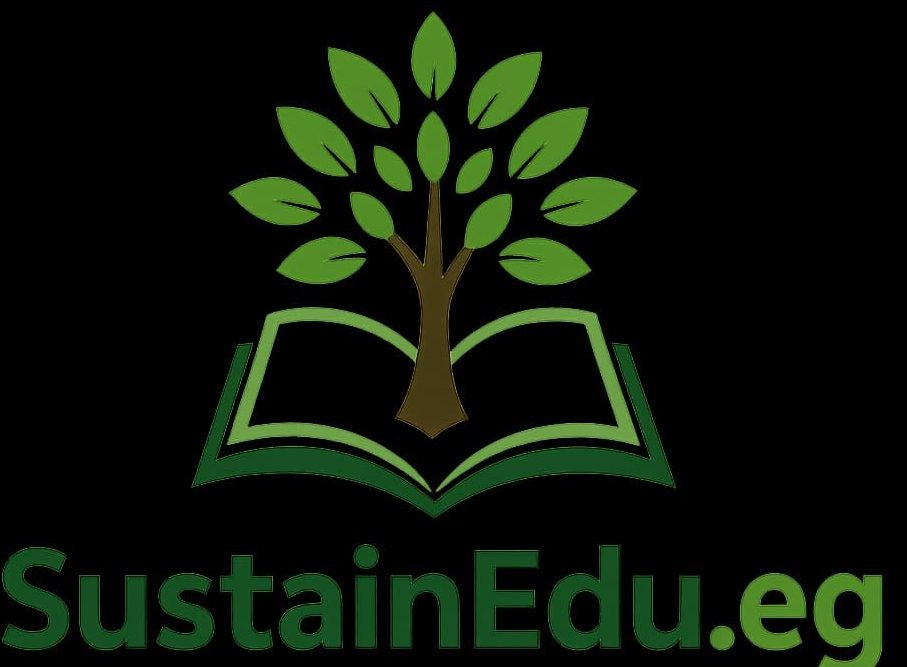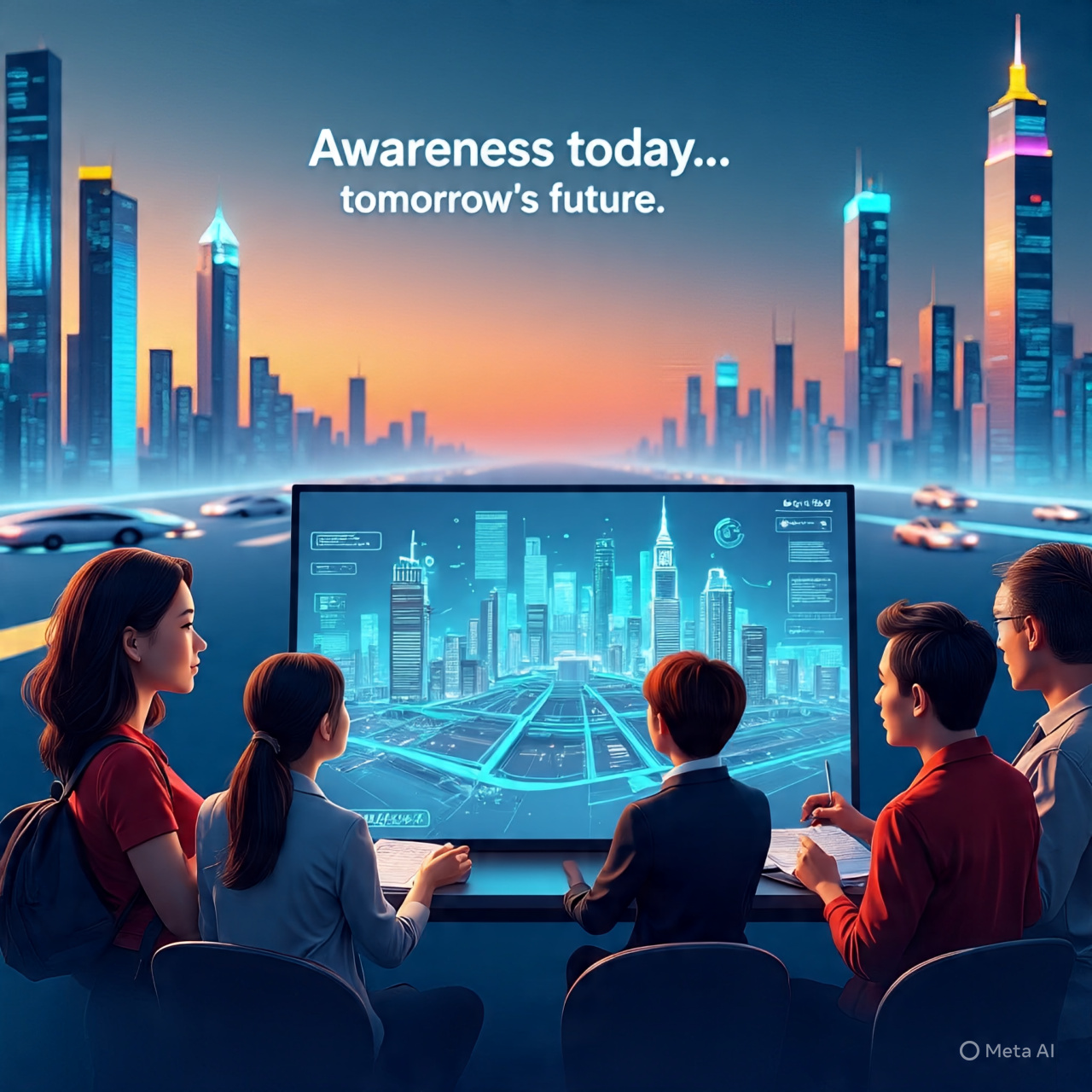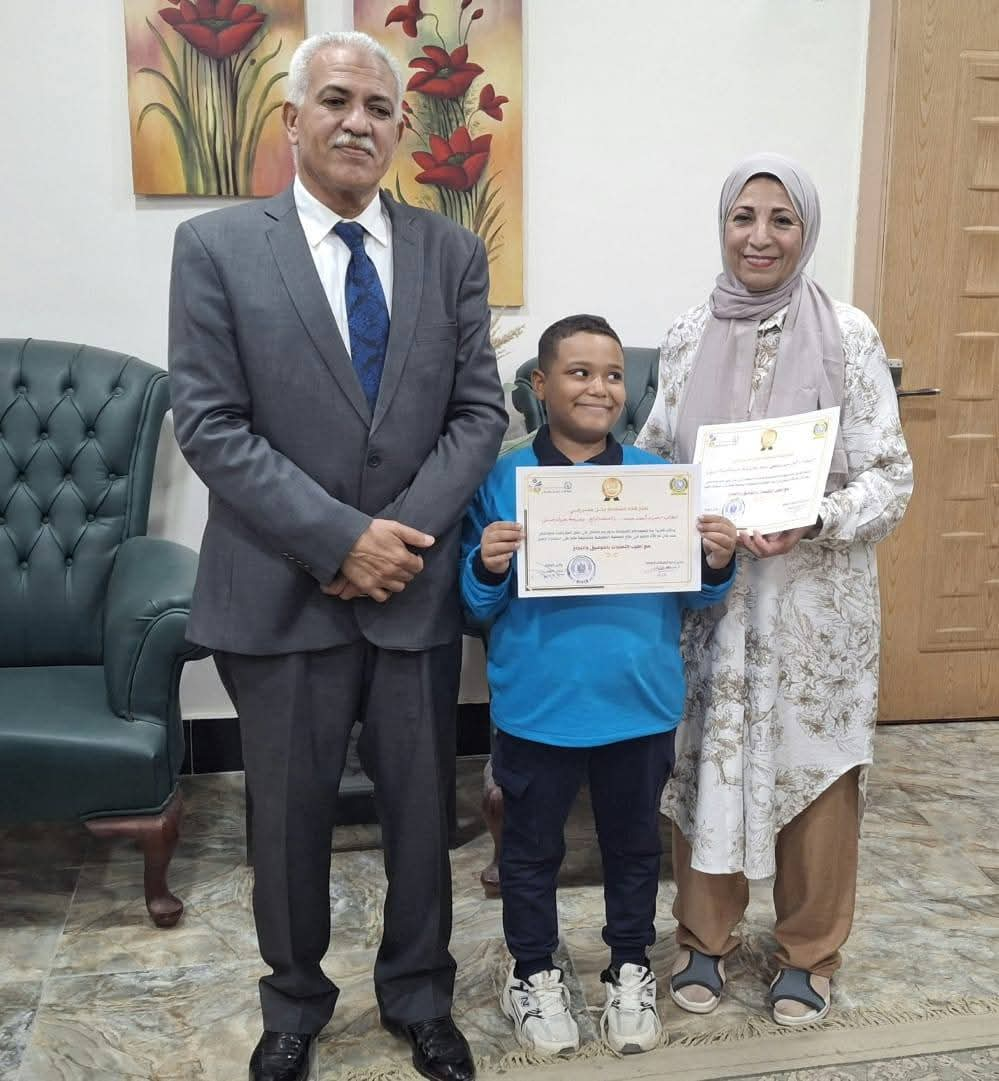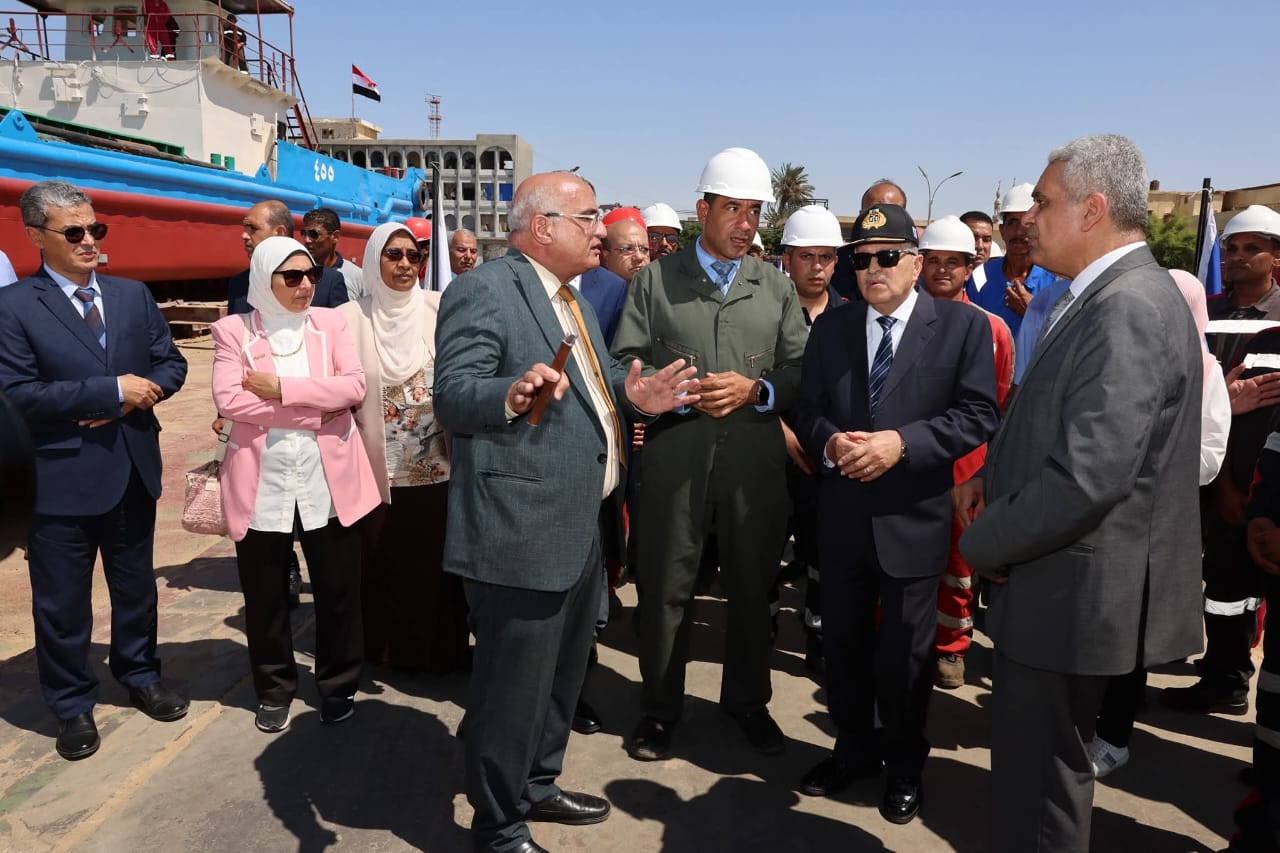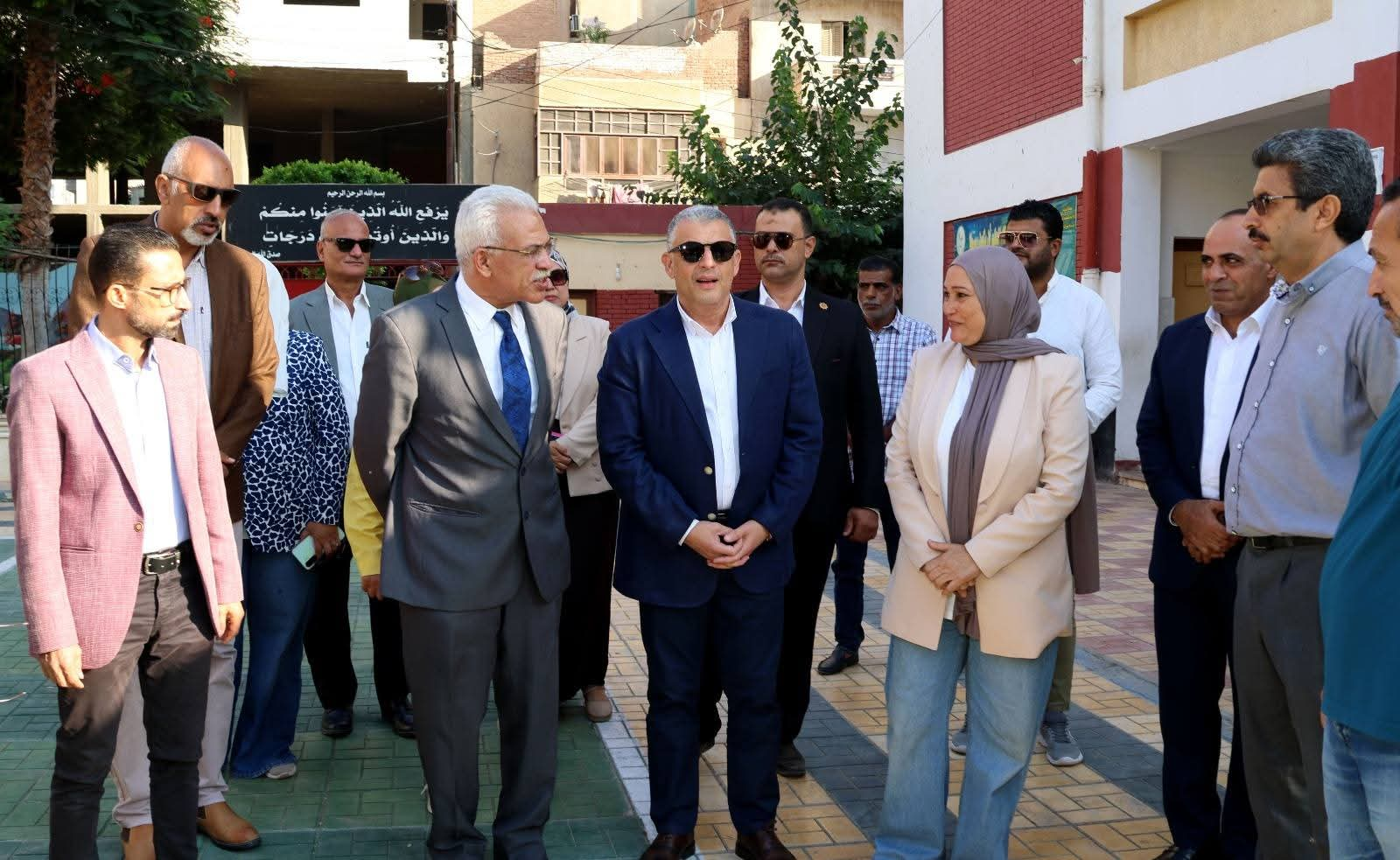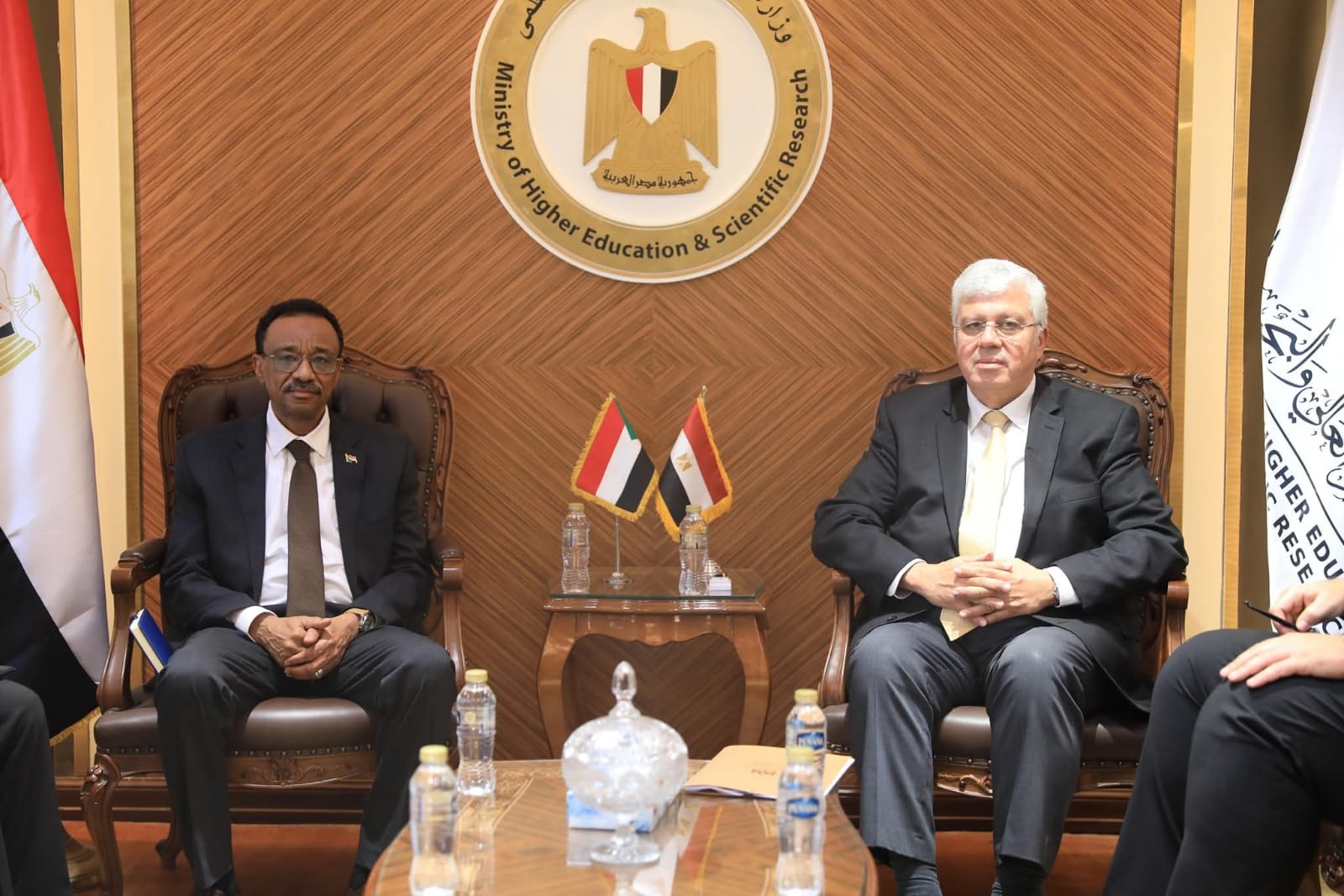
كتب:خالد تامر
الروبوت أداة تفاعلية لتعزيز العملية التعليمية
يعد الروبوت التعليمي من أهم المشاريع في هذا التوقيت محليًا ودوليًا، نظرًا لتعدد استخداماته التعليمية وميزاته التفاعلية. المشروع يستهدف الصف الأول الثانوي، من خلال تحويل الدروس من مجرد تلقين نظري إلى تجربة عملية تفاعلية، ما يسهم في رفع مستوى استيعاب الطلاب وربط المفاهيم العلمية بالحياة اليومية.

أهداف المشروع
الهدف الرئيسي للروبوت هو جعل عملية التعلم أكثر سهولة وفاعلية، بحيث يستوعب الطلاب سريعًا في بيئة تفاعلية مشوقة. كما يخفف العبء عن المعلم أثناء شرح الدروس، ويفتح المجال لإدارة الفصل بكفاءة أكبر، مع تقليل الأخطاء والانشغال بالمهام المتكررة.
خصائص الروبوت
- ذكاء اصطناعي متطور: الروبوت قادر على فهم الأسئلة والرد عليها من خلال تقنيات معالجة اللغة الطبيعية (NLP)، بما في ذلك تحويل الكلام إلى نص والنص إلى كلام.
- وظائف تعليمية: يمكنه كتابة أسئلة قصيرة وتصحيح الأجوبة آليًا، ما يجعله أداة تقييم مباشرة.
- واجهة بصرية: مزود بشاشة أساسية، مع إمكانية إضافة شاشة (OLED/LCD) لعرض الأكواد والرسوم التوضيحية.
- حساسات متعددة: تشمل قياس المسافات، الحركة، ودرجات الحرارة، لزيادة التفاعل مع البيئة.
- مرونة برمجية: يمكن برمجته عبر تطبيق على الموبايل أو الحاسب باستخدام بايثون أو جافا سكربت، وهو ما يمنح الطلاب خبرة عملية حقيقية.
- طاقة مستدامة: بطارية بسعة 20,000 ملي أمبير تتيح تشغيله 6 ساعات متواصلة، مع خاصية إعادة الشحن التلقائي عند انخفاض الطاقة.
- إمكانات متكاملة: مزود بكاميرا عالية الدقة، سماعات، وميكروفون لخلق تجربة تفاعلية شاملة.
المواصفات الفنية الروبوت
- الكتلة الكلية: 6 كجم
- عدد محركات الحركة: 2
- نصف قطر عجلة الحركة: 0.425 متر
- سرعة الحركة: 1 متر/ثانية
- أقصى ميل للتسلق: 20 درجة
- جهد التغذية: 12 فولت
العناصر المكونة للروبوت
| البند | الكمية | الشرح |
|---|---|---|
| وحدة التحكم الرئيسية (Nvidia Jetson Nano) | 1 | مسؤولة عن تشغيل الذكاء الاصطناعي وإدارة التعرف على المشاعر والبيانات. |
| متحكم فرعي (Arduino Sub-Microcontroller) | 1 | للتحكم في الأجهزة الإضافية والحساسات. |
| بطارية (LiPo Battery) | 2 | لتوفير الطاقة المستمرة بأقل استهلاك ممكن. |
| عجلات الروبوت | 2 | تضمن الحركة السلسة في البيئات المختلفة. |
| شاشة عرض (OLED) | 1 | لعرض البيانات والأكواد التوضيحية. |
| ميكروفون | 1 | لالتقاط الأوامر الصوتية. |
| محركات (Motors) | 2 | للتحكم في سرعة واتجاه الحركة. |
| ذراع تحكم (Joystick) | 1 | للتجربة اليدوية المباشرة. |
| سماعة (Speaker) | 1 | للرد الصوتي وتعزيز التفاعل. |
| عجلة كاستر (Caster Wheel) | 2 | لدعم الحركة وضمان الاستقرار. |
| أدوات تصنيع (Manufacturing Elements) | – | لتصنيع الهيكل الداخلي والخارجي. |
قيمة مضافة للتعليم
يمثل الروبوت نقلة نوعية في دعم تدريس البرمجة والذكاء الاصطناعي، إذ يدمج بين الجانب الأكاديمي والتطبيقي، ما يساعد الطلاب على فهم المفاهيم بعمق وتوظيفها في مواقف عملية. كما يمنح المعلمين أداة جديدة لإدارة الحصة بكفاءة وتبسيط المفاهيم العلمية.
Contents
Written by: Khaled Tamer
Smart Educational Robot Enhancing the Future of Learning
An Interactive Tool Supporting Educational Development
As part of efforts to modernize educational tools and integrate them with advanced technology, the educational robot project represents a major leap in the learning process both locally and internationally. The project targets first-year secondary students by transforming lessons from theoretical lecturing into interactive, hands-on experiences that help improve comprehension and connect scientific concepts with real-life applications.
Project Objectives
The main goal of the project is to make learning easier and more effective through an engaging interactive environment. The robot reduces the workload on teachers during lessons, allowing them more time for effective classroom management while minimizing errors and repetitive tasks. It also empowers students to engage in self-learning and explore scientific concepts in innovative ways.

Robot Features
- Advanced Artificial Intelligence: Equipped with Natural Language Processing (NLP) to understand and respond to questions, including speech-to-text and text-to-speech conversion.
- Comprehensive Educational Functions: Capable of generating questions, automatically grading answers, and providing direct assessments.
- Modern Visual Interface: Includes a primary screen, with the option to add an OLED/LCD display for codes and visual diagrams.
- Multiple Sensors: For measuring distance, motion, and temperature, enabling broader interaction with the environment.
- Flexible Programming: Can be programmed via mobile or computer applications using Python or JavaScript, giving students hands-on programming experience.
- Sustainable Power: A 20,000 mAh battery supports continuous operation for up to 6 hours, with an auto-recharging feature when power runs low.
- Integrated Capabilities: Equipped with a high-resolution camera, speakers, and a microphone to deliver a fully interactive learning experience.
Technical Specifications
- Total weight: 6 kg
- Number of motion motors: 2
- Wheel radius: 0.425 m
- Movement speed: 1 m/s
- Maximum climbing slope: 20°
- Power supply: 12V
Robot Components
- Main Control Unit (Nvidia Jetson Nano) – Handles AI, data processing, and emotion recognition.
- Sub-Controller (Arduino) – Manages sensors and additional devices.
- LiPo Batteries – Provide continuous, efficient power.
- Robot Wheels – Ensure smooth movement across different surfaces.
- OLED Display – Shows data and code illustrations.
- Microphone – Captures voice commands.
- Motors – Control speed and direction.
- Joystick – Enables manual operation.
- Speaker – Delivers audio responses and boosts interaction.
- Caster Wheels – Support stability during movement.
- Manufacturing Elements – Form the internal and external structure.
Added Value to Education
This robot represents a groundbreaking tool in teaching programming and artificial intelligence by combining academic learning with practical application. It helps students gain deeper understanding of concepts while applying them in real-world contexts. At the same time, it offers teachers a modern solution to manage classrooms more efficiently and simplify complex scientific ideas in an engaging and interactive way.
